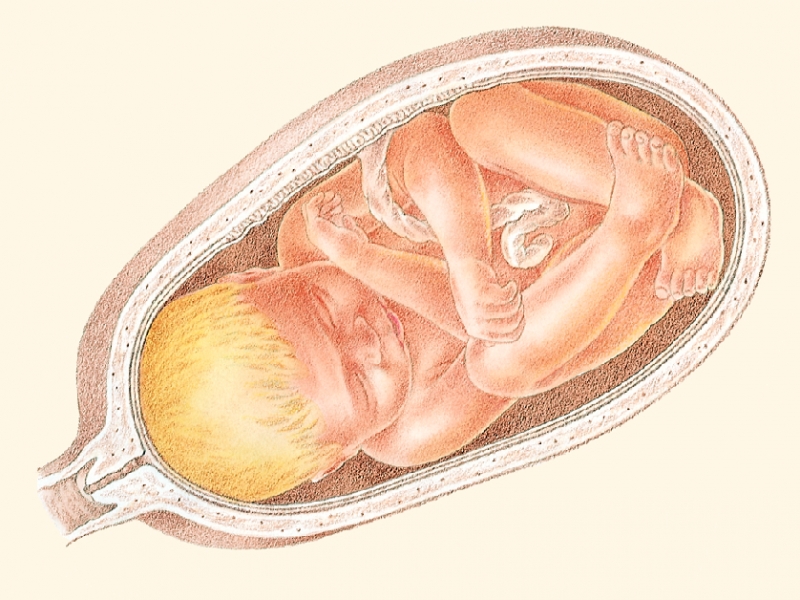40 Weeks and Counting

What’s happening this week
Your baby…
- is probably just taking its time
- is probably feeling very safe and comfortable in there!
You…
![Week 36 [Converted]](https://bountifulpacks.co.nz/wp-content/uploads/2012/08/Week-36-Converted.jpg) could find that the due date comes and goes and there’s still no sign of arrival from your baby – but most LMC’s allow a pregnancy to go one to two weeks over the due date before intervening
could find that the due date comes and goes and there’s still no sign of arrival from your baby – but most LMC’s allow a pregnancy to go one to two weeks over the due date before intervening- could use these extra days to enjoy time with your partner – there’ll be few chances for romantic interludes with a newborn in the house
- should catch up on sleep whenever you need to – it’s your body’s way of gathering energy for the excitement ahead.
Induction
Once you are past your due date, you may be given a date for induction of labour – where labour is started artificially. Induction will usually be offered 7-14 days past your due date. If you prefer to wait a little longer, discuss this with your LMC who will probably want you to have an extra scan and twice-weekly monitoring of your baby. An induction will be moving away from your original birth plan, so remember you may need some of the things you might not have written, for example, an epidural. An open mind is so important with an induction.
How to cope with an induction
First – make sure that you understand why you are being offered an induction. How will it be carried out, and what will the likely course of your labour be? Ask whether you may need other interventions during labour.
Remember that you need not give up on all the self-help techniques you have learned just because you are having an induction. Talk with your LMC about how you can move around, change position and use your breathing and relaxation to help you cope with the pain, despite having a drip up.
Keep an open mind about pain relief and choose what is best for you when, and if, you decide you need something to help.
Membrane sweeping
You may be offered a ‘stretch and sweep’ or ‘sweeping of the membranes’. This releases prostaglandins which start labour off. About half of the women who have this done will go into labour within 48 hours. Your midwife or doctor will do an internal exam and try to sweep their finger around inside the cervix and loosen the membranes. It will not increase the risks of infection but it may feel uncomfortable and you may notice some slight bleeding. It can be done in the maternity unit or at your antenatal appointment, and you can go home afterwards to wait and see if labour begins.
Induction of labour is a three-phase process:
Which stage you start on depends on how “favourable” your cervix is. Your cervix is given a score (called a bishop score) and dependent on this score depends on the course of action.
- Prostaglandins – These hormones help to start labour by encouraging the cervix to soften and shorten, allowing it to open and contractions to begin. Prostaglandins are given as a tablet or gel inserted into your vagina, this is done in the hospital. Most women go into labour, although more than one dose may be needed. When contractions start, your baby is monitored using an electric fetal monitor. If the baby is fine, the monitor can be removed.
- ARM – Artificial Rupture of the Membranes, or breaking your waters.
- Oxytocin – This is a synthetic form of the hormone your body produces naturally to start labour off. Oxytocin can be given through a drip, entering your body via a tube inserted into a vein in your arm. It may be used if prostaglandins don’t work. Once a drip is set up, your baby will be monitored continuously with an electronic fetal monitor. If they haven’t broken already, your LMC may suggest breaking your waters artificially. It’s not usually painful but some women find the internal examination needed a bit uncomfortable. Many women find labour induced with a drip more painful than normal labour, and more women choose to have an epidural for pain relief.
Are there any alternatives?
Some women like to try DIY forms of induction or complementary therapies to try to start labour off. Some, like taking castor oil, are dangerous and shouldn’t be done. There has been little scientific evaluation for the following methods but they may be worth trying:
- massage can relax you, which may help labour begin
- sex can help start labour sometimes if you are overdue, it may well be worth a go. If labour doesn’t begin, at least it was fun trying!
- nipple stimulation – evidence suggests short bursts of nipple stimulation can release oxytocin and help your body labour. This can be used to bring labour on or to stimulate stronger contractions while in labour.
Acupuncture, homeopathy, reflexology and aromatherapy all have treatments which are supposed to help labour begin. Make sure you discuss this with your LMC and use a qualified practitioner if you choose a complementary therapy.
Meet your baby
Whether the birth had been calm or more traumatic, there’s nothing like the moment when your baby is placed in your arms for the first time. More.

